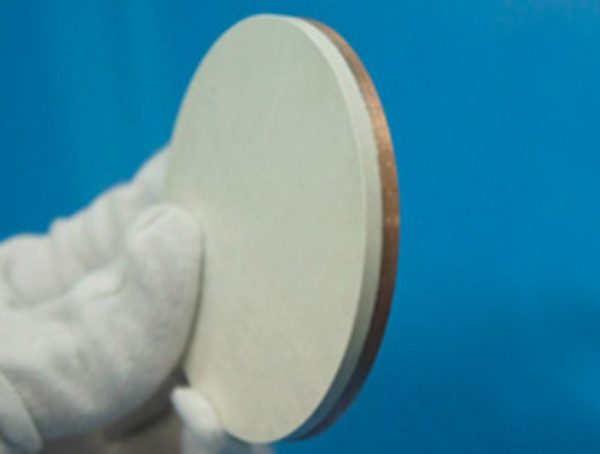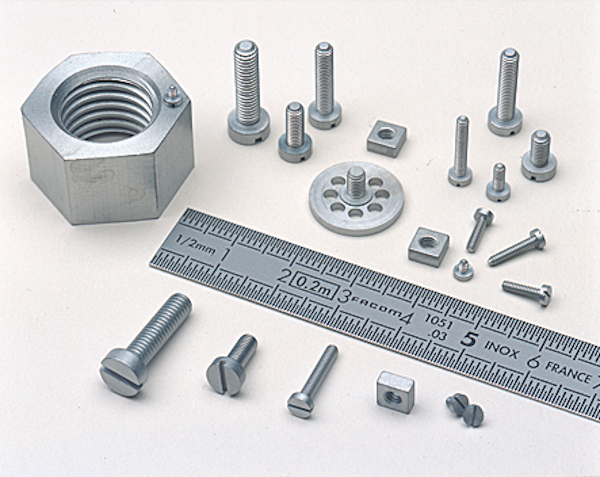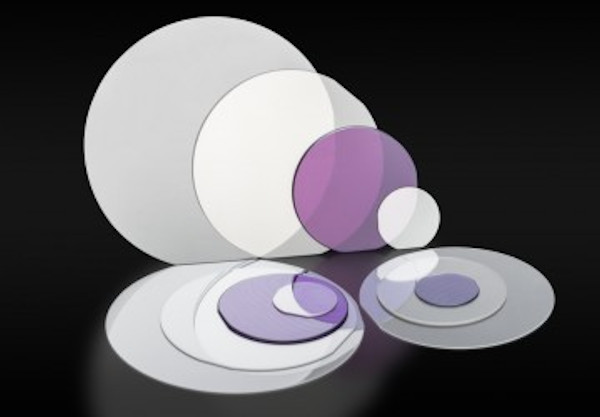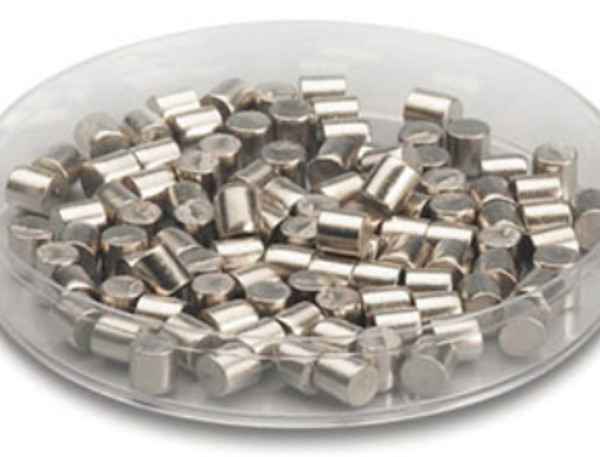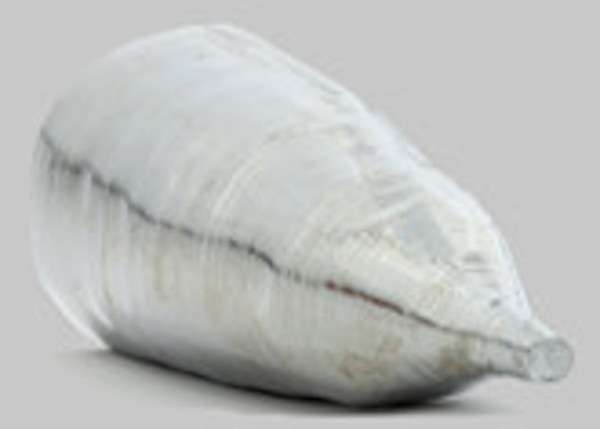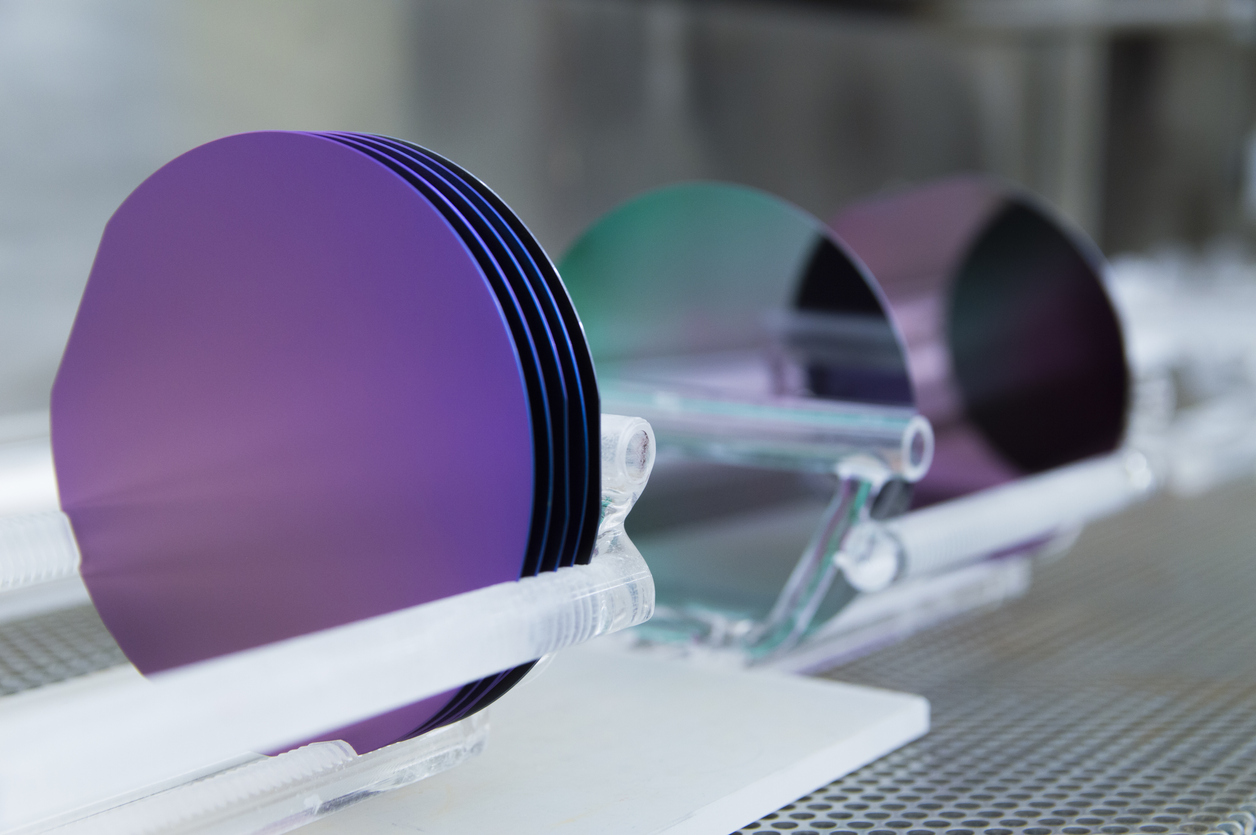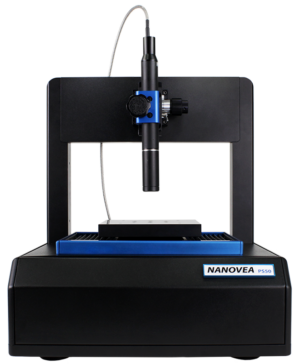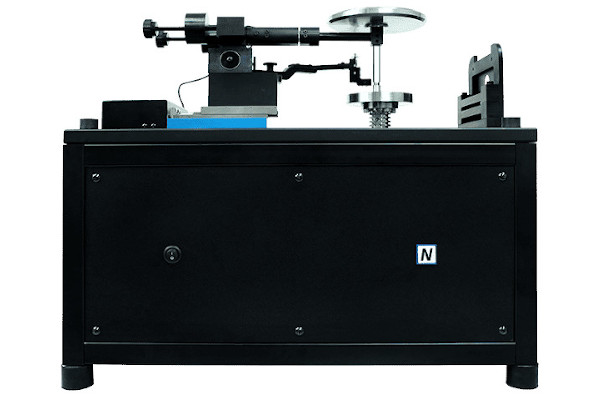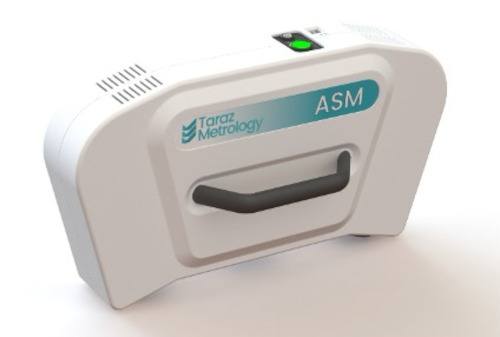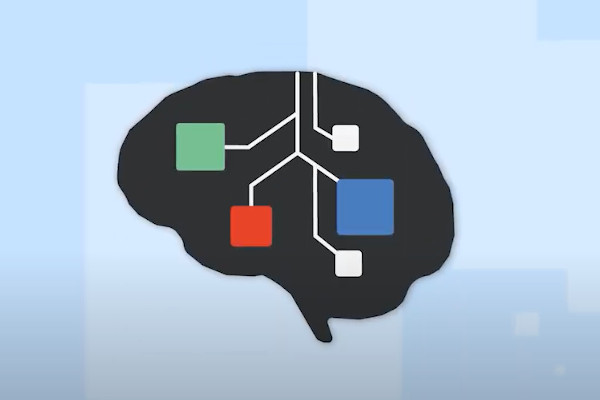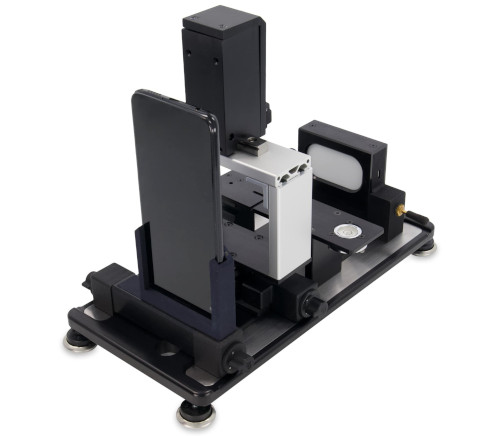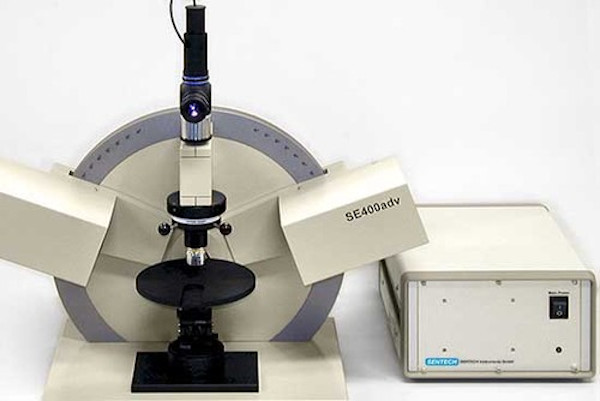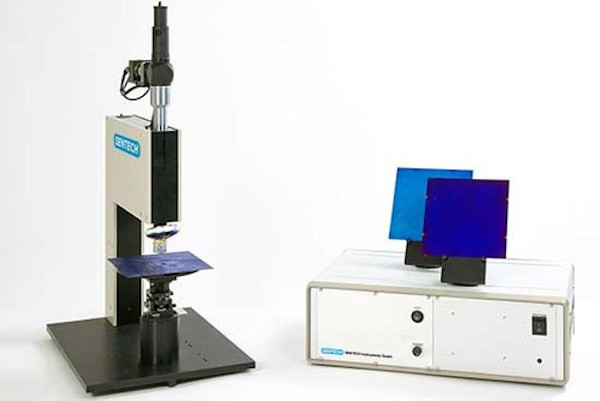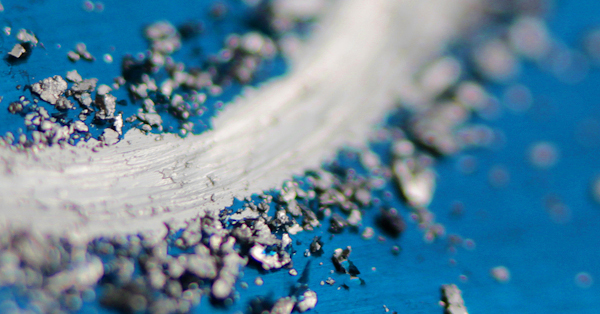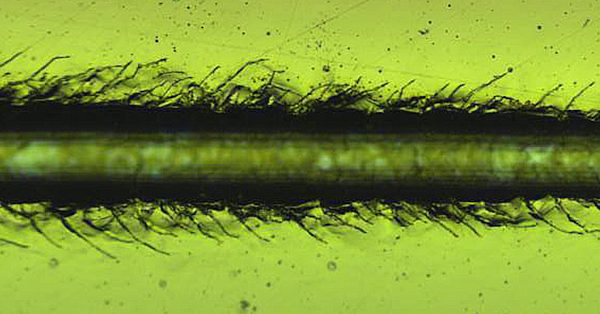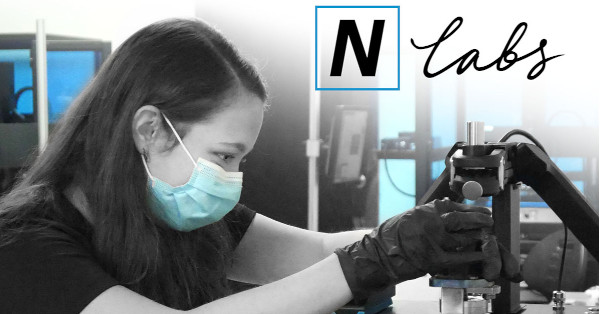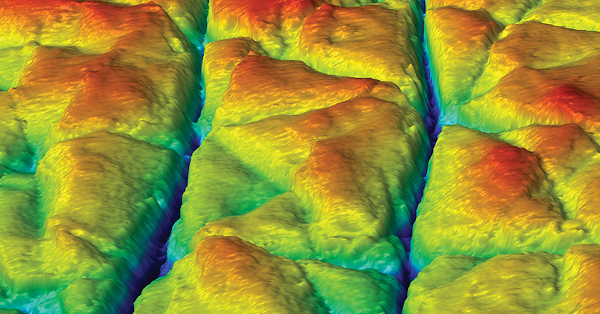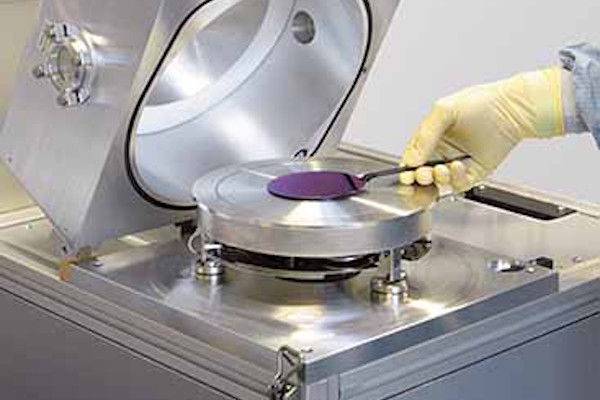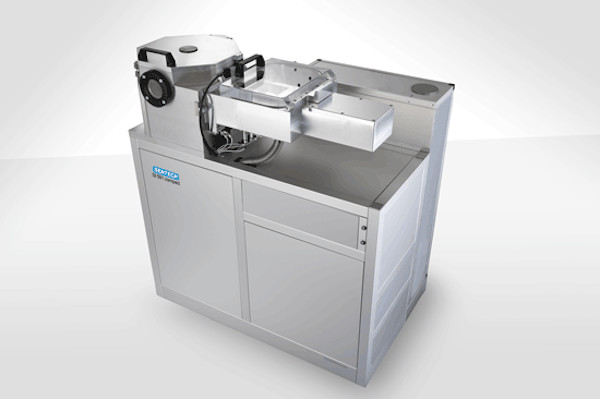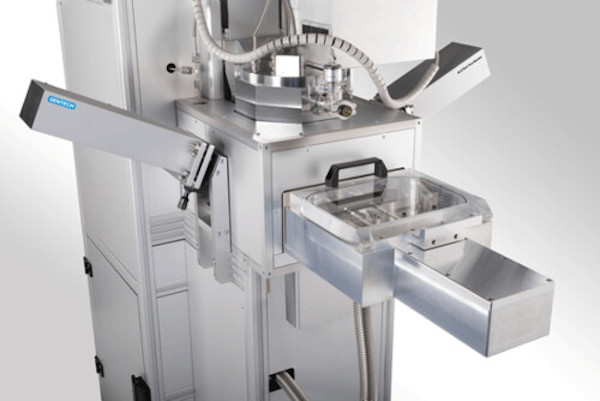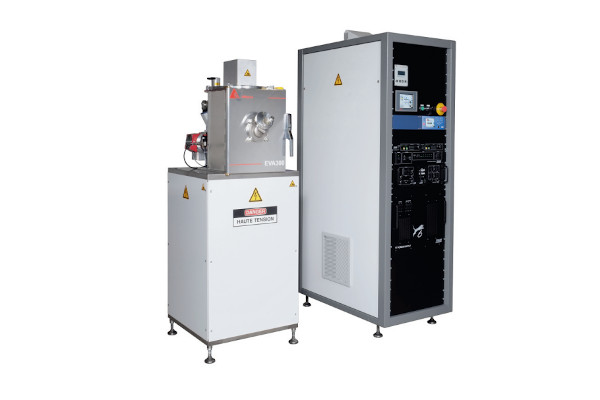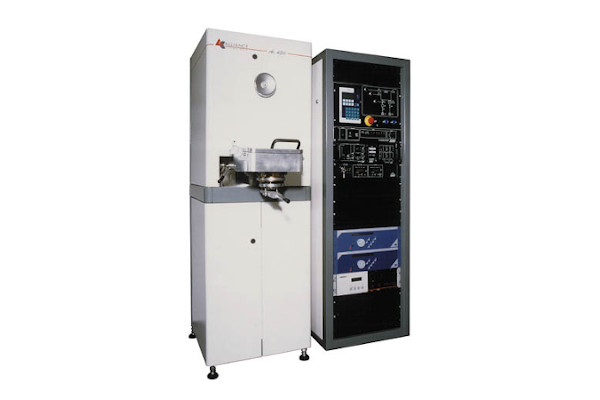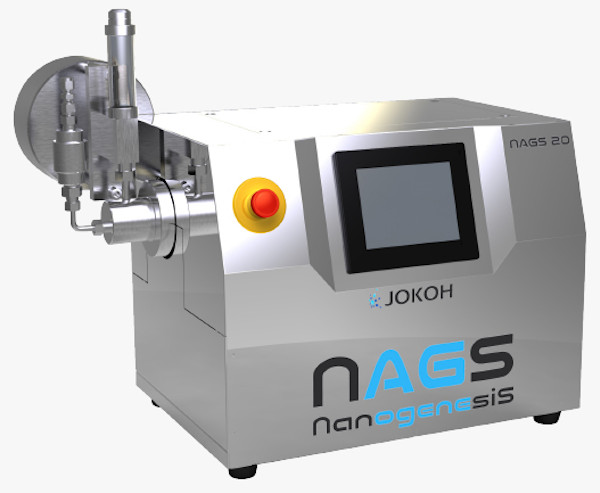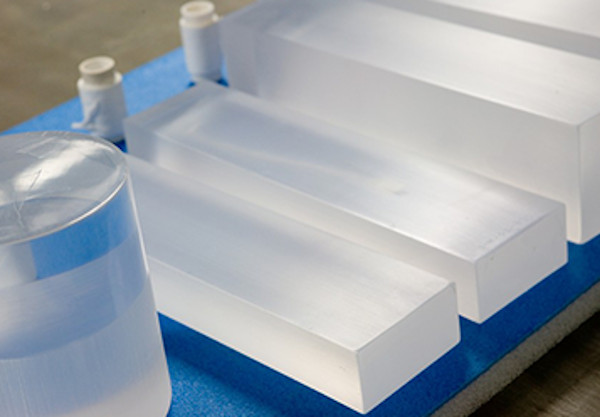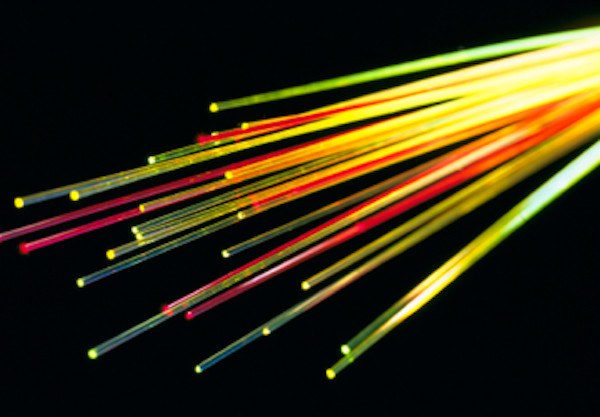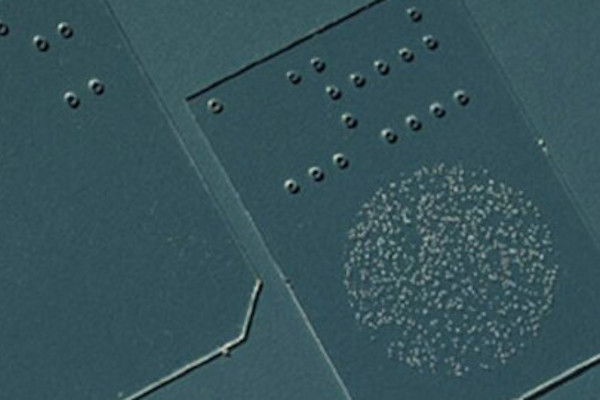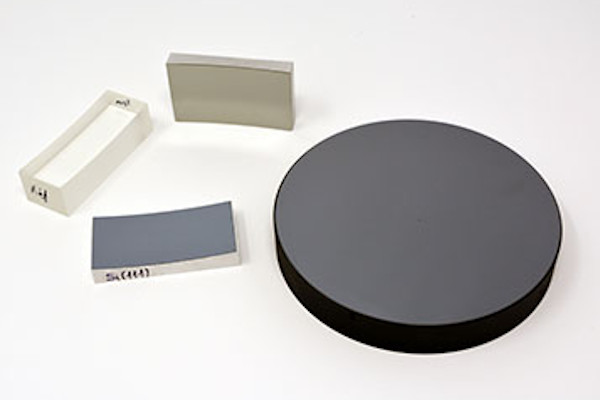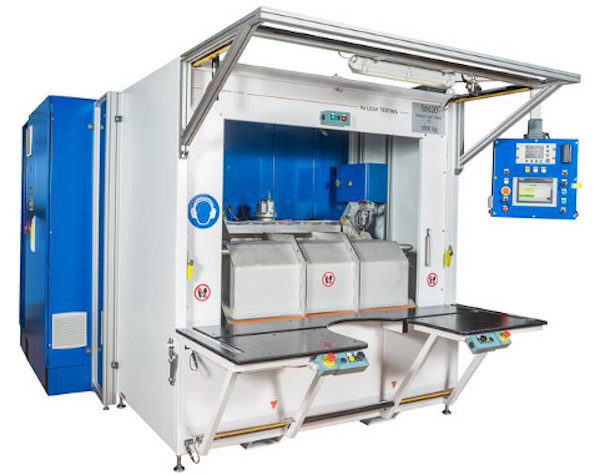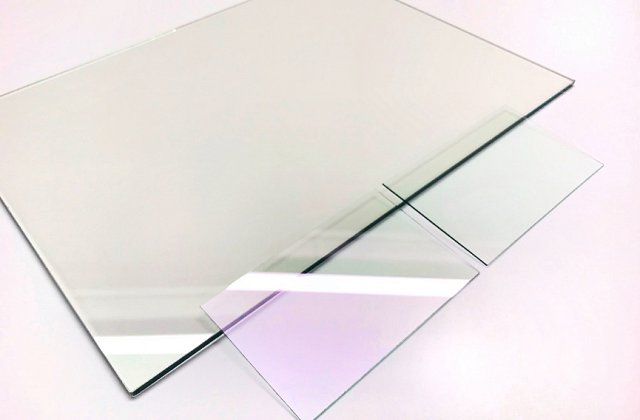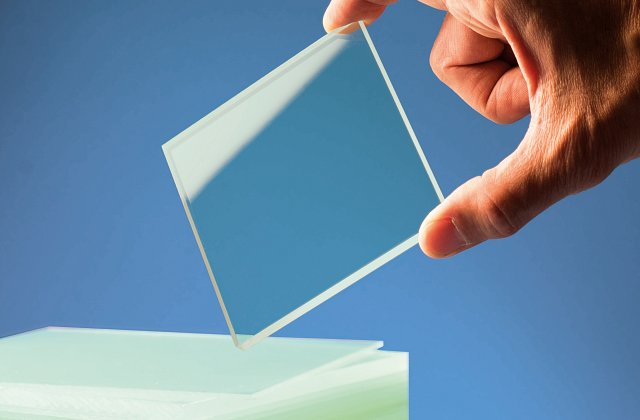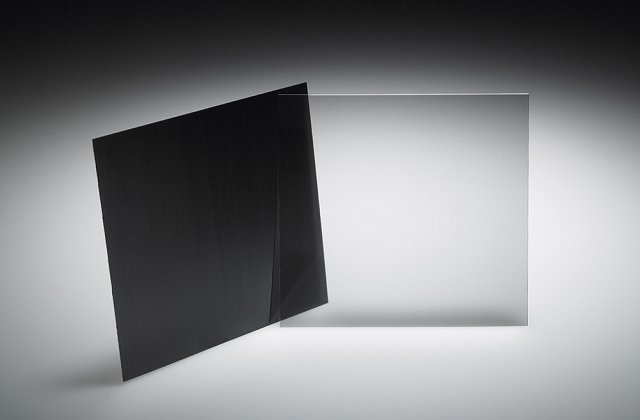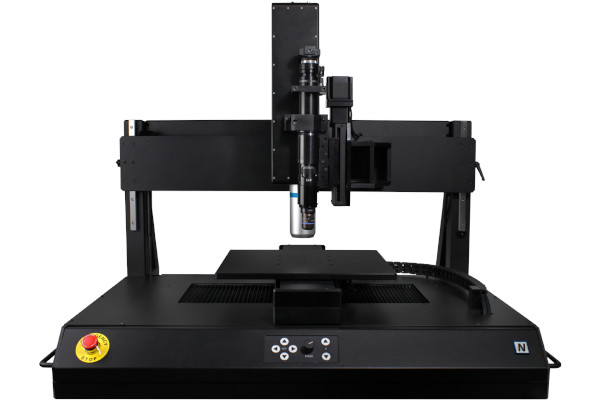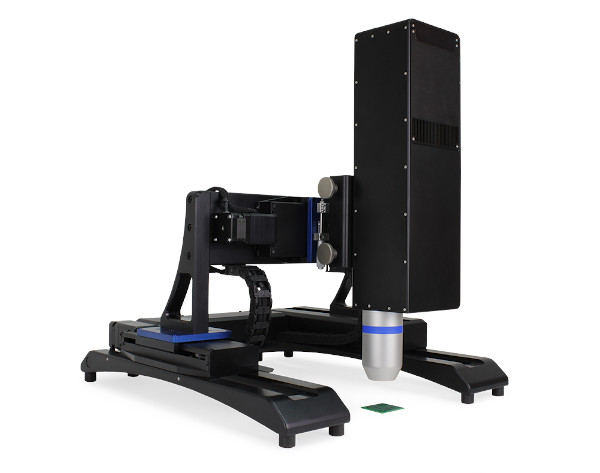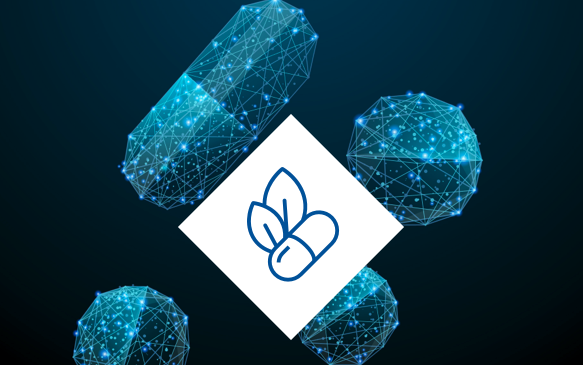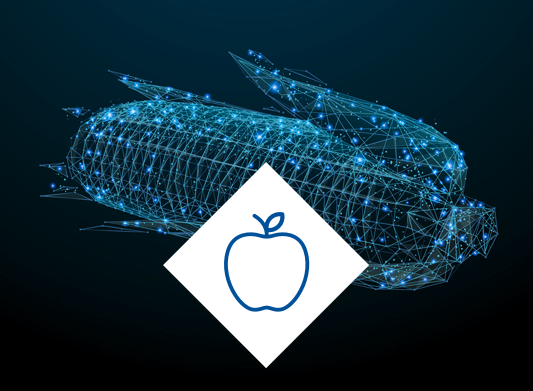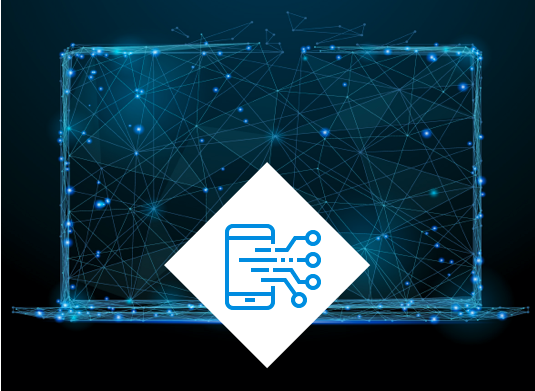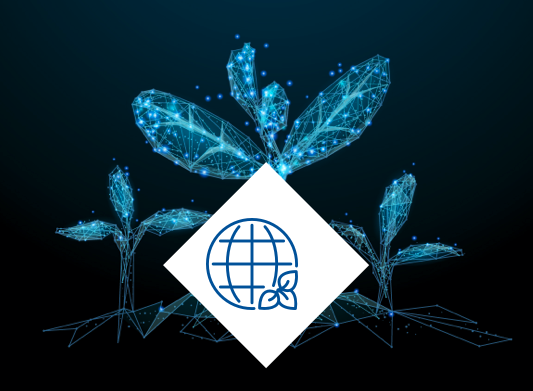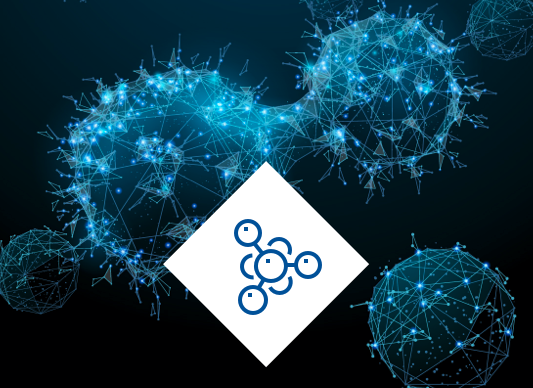Textiles
The design and production of cloth goods using natural or synthetic raw materials
The textile industry is one of the largest and most globally integrated sectors, with a vast reach spanning the UK, Ireland, and worldwide markets.
In the UK, the textile industry has a rich history and remains a significant part of the economy, contributing around £22 billion and employing over 500,000 people, including both traditional manufacturing hubs and growing fashion and design sectors. Ireland’s textile sector, while smaller in scale, is known for its high-quality materials, niche production, and rich cultural heritage, especially in wool and linen, adding valuable exports and supporting local economies. Globally, the textile and apparel industry generates over $1.5 trillion annually, employing millions across the supply chain—from raw material production to high-fashion retail. With increasing attention on sustainable practices, the industry faces both challenges and opportunities, driving innovation and rethinking traditional production models to meet the demands of an eco-conscious market.
High-quality research is essential in the textile sector, as it drives innovation, sustainability, and competitiveness. In an industry increasingly focused on minimizing environmental impact, research into sustainable materials, recycling methods, and energy-efficient manufacturing processes is critical for reducing the industry’s carbon footprint and addressing global climate concerns. Advances in textile research contribute to the development of smart fabrics, such as antimicrobial, fire-resistant, and moisture-wicking materials, which enhance functionality and open new markets in healthcare, sports, and technology. Additionally, high-quality research supports the adoption of circular economy models, allowing for better recycling of fibers and minimizing waste. By focusing on both technical advancements and sustainable practices, research elevates the entire textile supply chain, empowering manufacturers to meet changing consumer demands, comply with stricter regulations, and secure a stronger position in the global market.
At Mi-Net our customers purchase equipment from us for textile research or they use our lab services to outsource their testing requirements. Our range of profilometers are used to evaluate properties such as roughness, texture, consistency and patterning whilst our range of mechanical testers and tribometers are used to evaluate physical properties such as resistance to abrasion and scratches. Hand abrasion testing is another test method that simulates the human touch and can perform real life testing of finished products or lab samples in respect to hand abrasion.
Application Examples
3D non-contact profilometry is used to analyze and compare surface textures of different textiles. In this application note Nanovea have compared the texture of silk and denim samples. In the application note height parameters are presented next to a histogram plot of particle sizes.
Non contact profilometry is ideal for testing textiles such as silk which may be damaged by contact testing methods. Having height data on the micrometer level allows the user to have a greater understanding about why their textiles feel or behave in a certain way and to make appropriate amendments to processing to alter these behaviours.
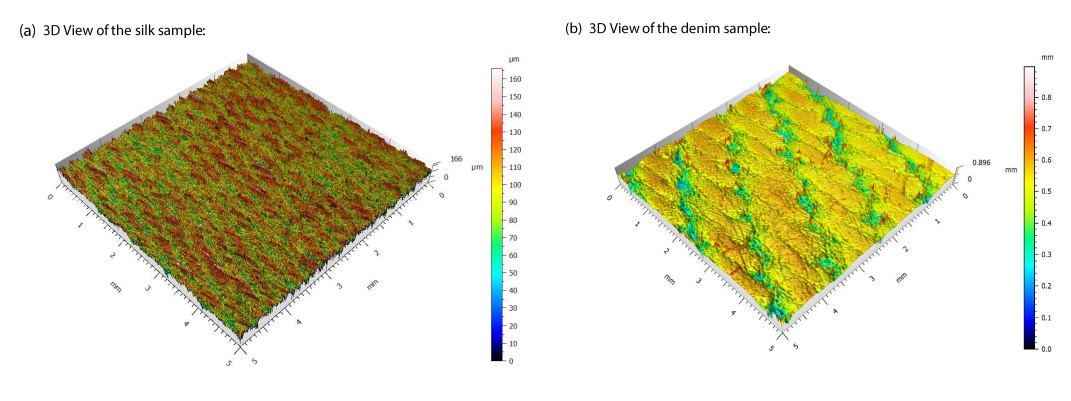
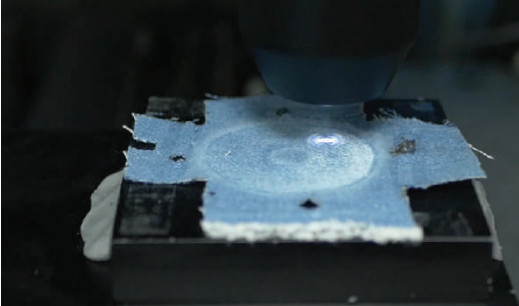
Pin on disc tribology is used to analyze the abrasion wear process of two denim samples, raw and washed. Nanovea have used their T50 tribometer to simulate wear in a controlled and monitored manner. The HS2000 high speed profilometer is then used to collect height data to further analyze the results of the wear test.
In the textile industry these tests are extremely useful in understanding how different textiles will wear over time and in understanding the durability of a textile. In the clothing industry it is important to understand how the look and colour of a textile will change as it wears.
Popular products used within this industry
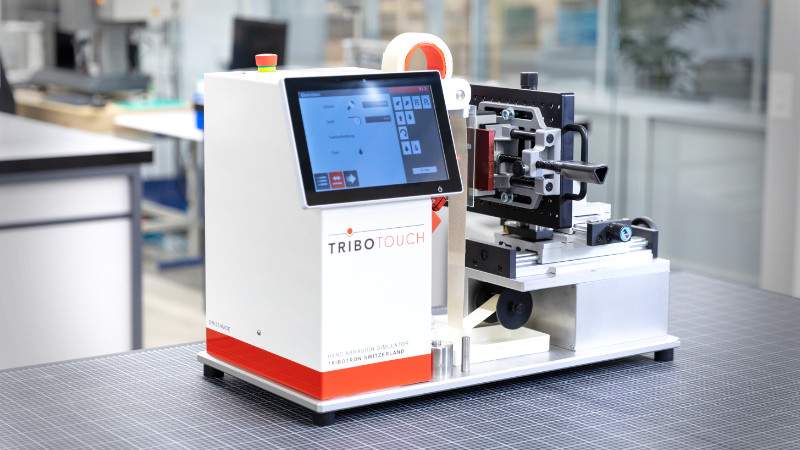
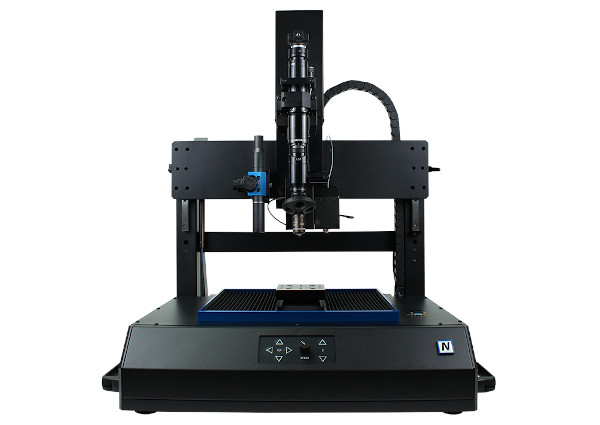

Other industries
Research and quality control in the pharmaceuticals and cosmetics industry...
The design and fabrication of semiconductor devices within the wider...
Contact us
We’d love to hear from you
We’re here and ready to provide information and answers to your questions
Policy Information
©Mi-Net 2023. All Rights Reserved.
Website by Fifteen.co.uk
